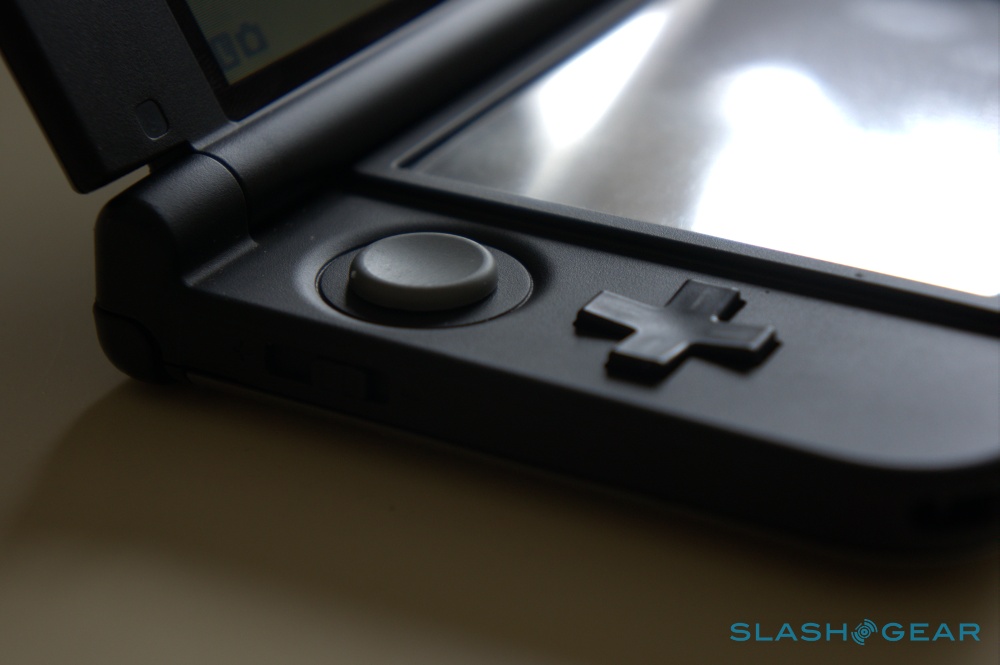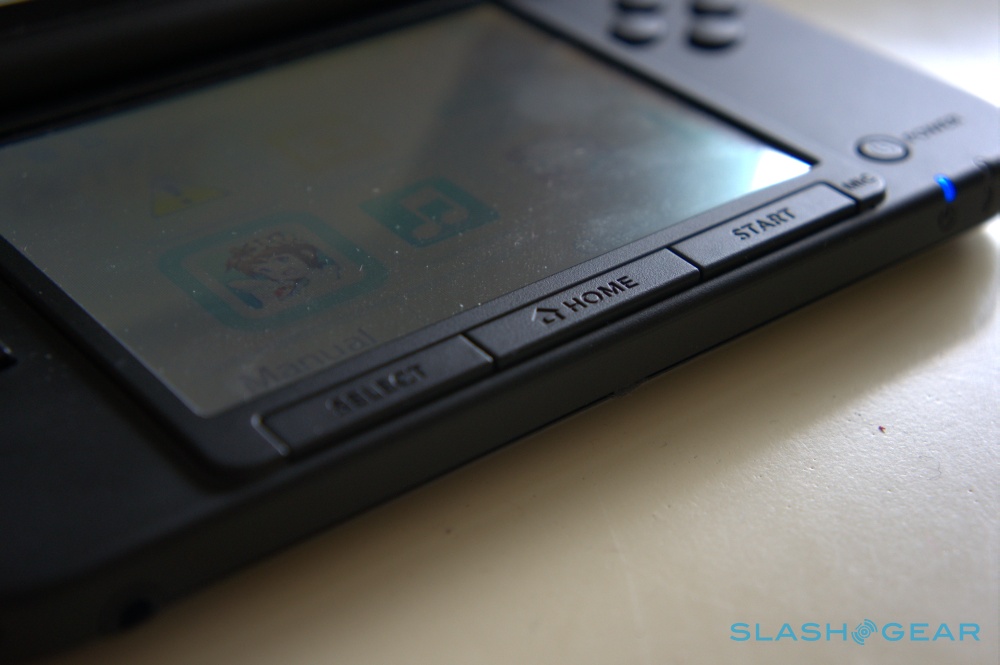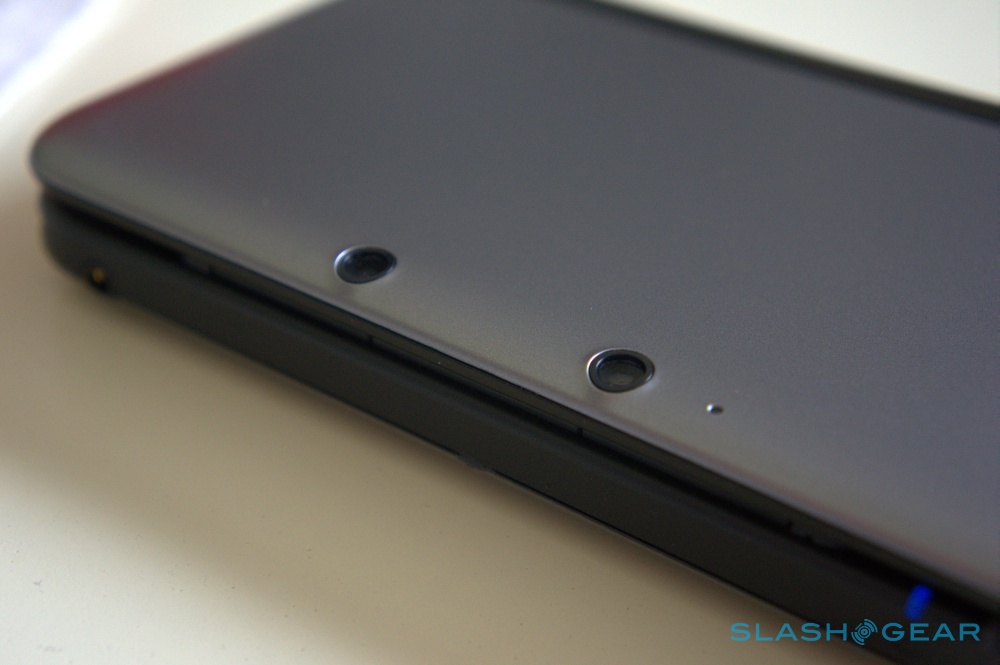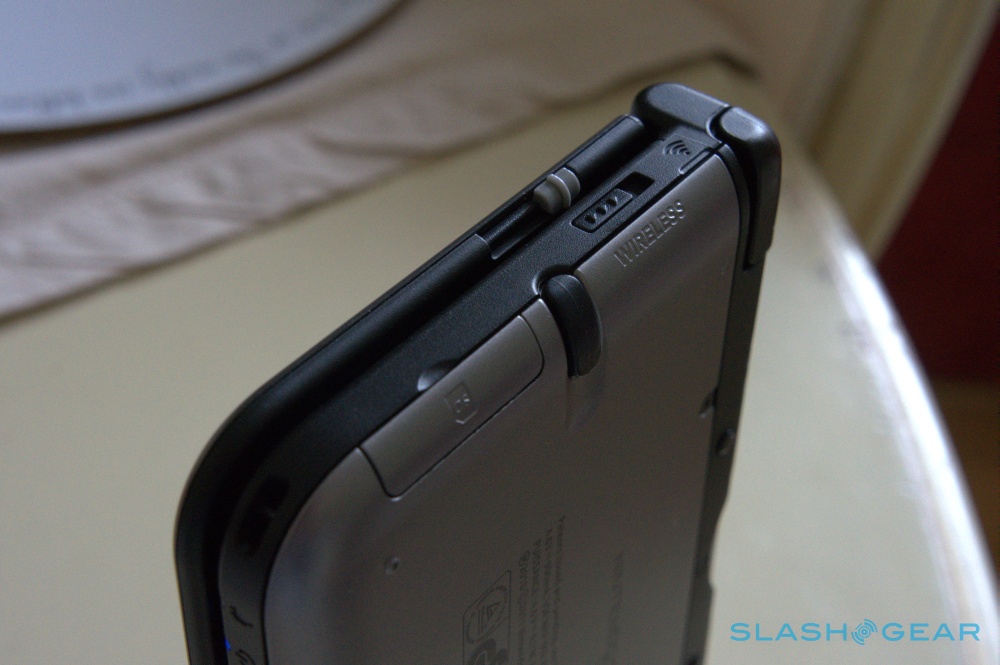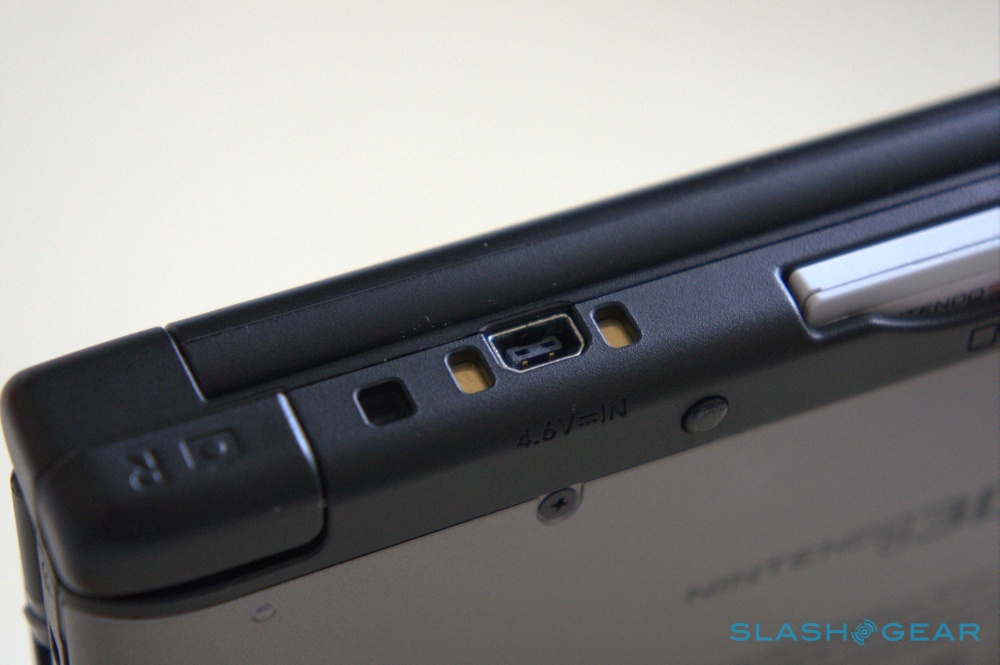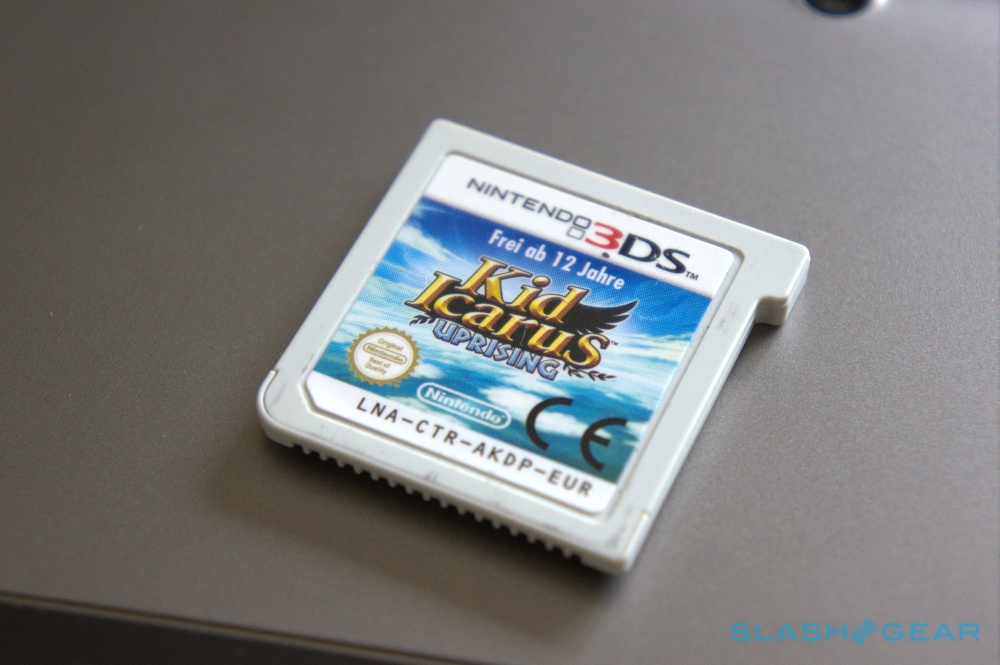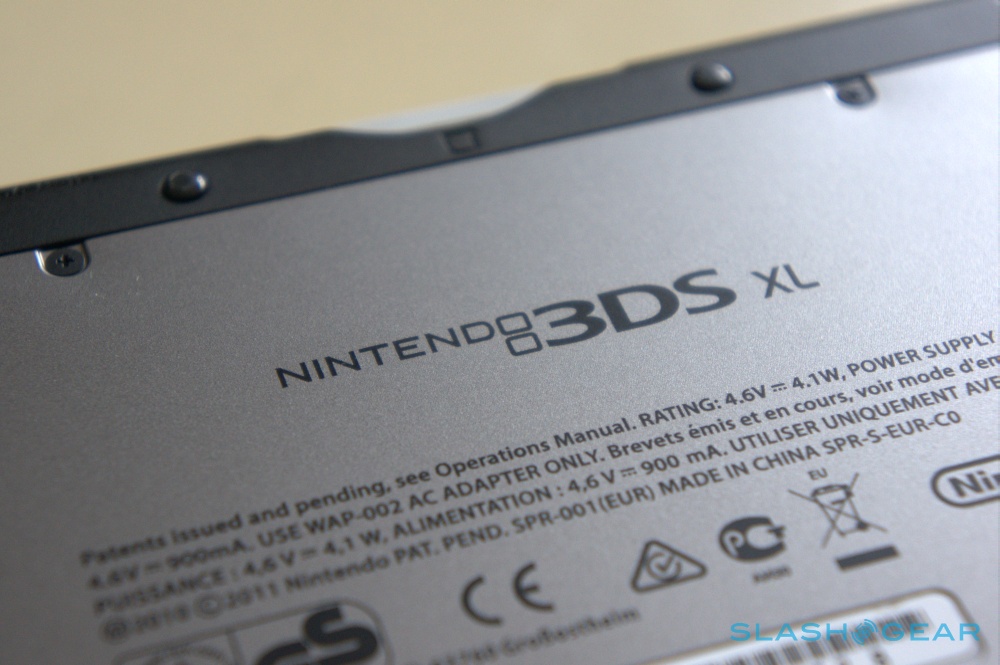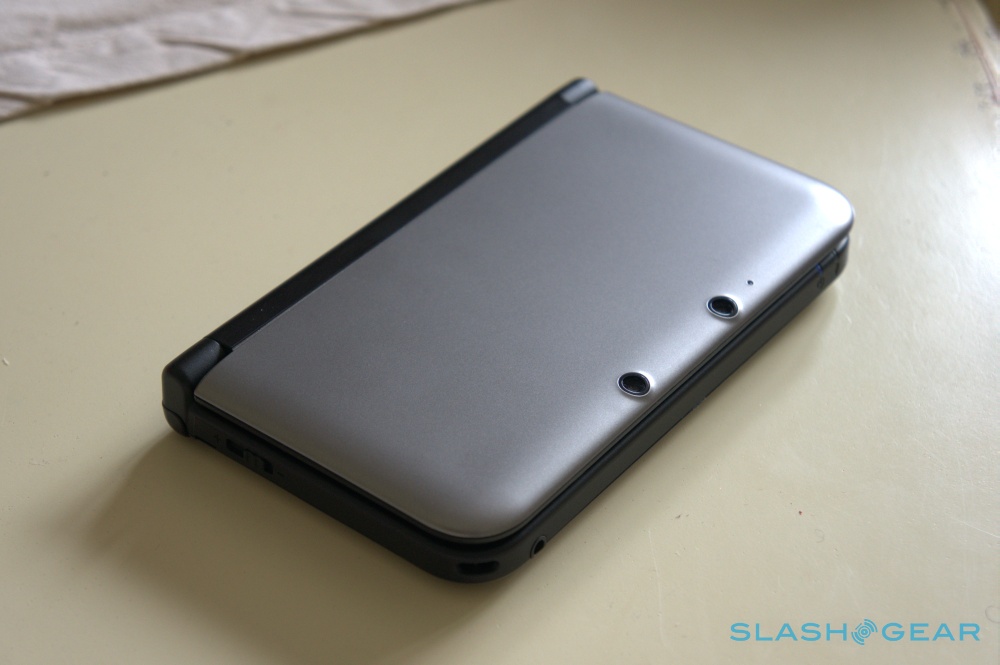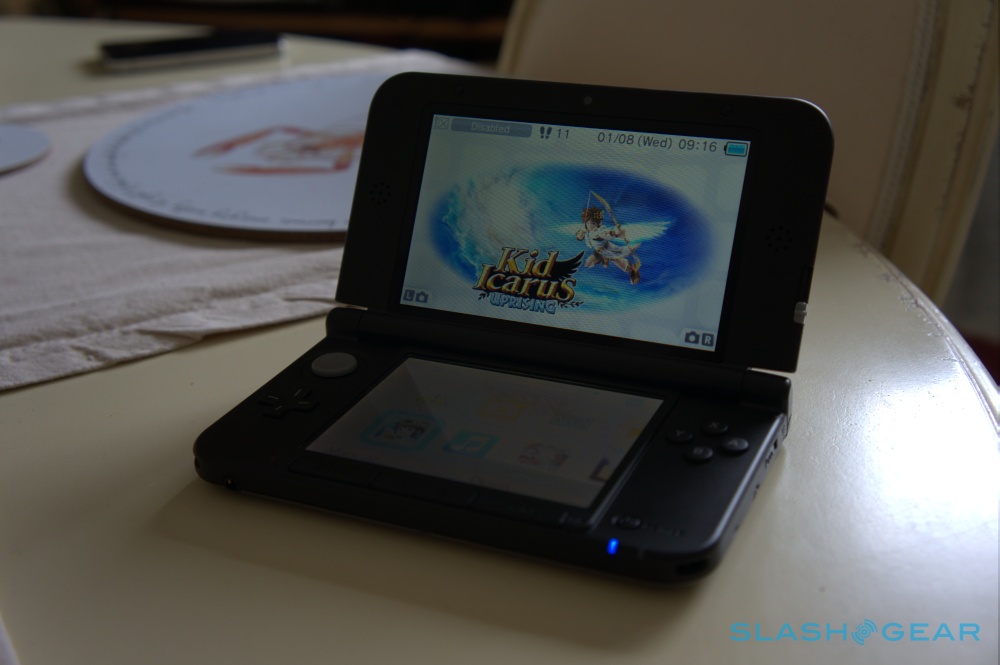Nintendo 3DS XL Review
Reviewing a product like the Nintendo 3DS XL is a strange affair. The mobile gaming market has changed dramatically over the last several years thanks to the advent of iOS and Android, both offering games that approach the quality of what you would expect to find on a Nintendo or Sony handheld for a fraction of the price. It's hard to look at the 3DS XL without a cynical eye either given that 3DS sales are starting to slump, with Nintendo recently reporting a decline in revenue and posting a net loss of around $220 million. Is the 3DS XL the boost that Nintendo needs in a world that's rapidly forgetting the traditional portable gaming handheld? Let's find out.
Hardware
Take the 3DS, swap some ports around, and make everything a little big bigger. That's a gross generalization, but also the core of what Nintendo has done with the console. The reason for the supersizing simply seems to be ease of access: children and elderly gamers will be able to grip the console with ease, and the larger screens also makes things easier to see. Nintendo has made some tweaks to the design, though, with the glossy plastic of the 3DS being sidelined, and corners appearing more rounded and less angular.
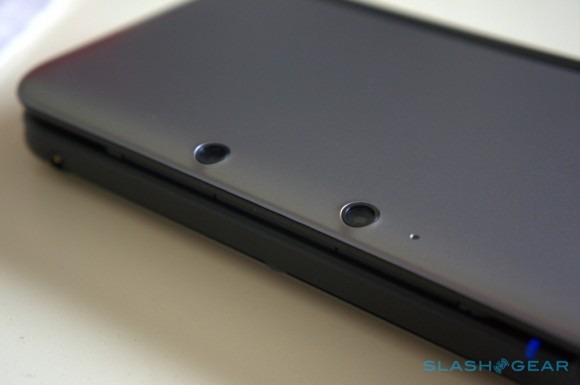
As a result, the console is much easier to grip than its predecessor, and is generally more comfortable to use in operation. The physical controls of the device are a joy to use as well, wth the joystick swiftly moving around its axis without sticking at all, and the quartet of buttons on the right hand side giving great feedback. The same can't quite be said about the L and R buttons, which don't quite have enough feedback and feel a little loose. Nintendo has also tweaked the Select, Home, and Start buttons found below the bottom screen: the large, chunky, plastic buttons are far easier to press on the 3DS XL compared to the 3DS.
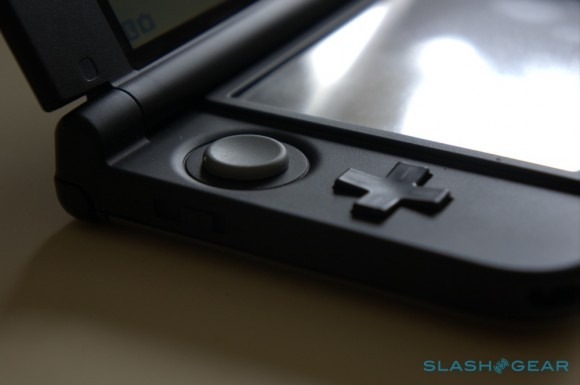
Going around the device, you'll find that the 3.5mm headphone jack has been repositioned from center bottom to the far bottom left, a curious decision considering it's where part of your hand will rest while holding the XL. The SD card slot has also been relocated to the right hand side, next to the stylus holder, and the sliders for the volume, wireless, and 3D switches have all been tweaked ever so slightly.
There's no denying, however, that this is a chunky and heavy device at 22mm and 336g. The XL may only be 1mm thicker compared to the 3DS, but it's also 100g heavier. Carrying it around in a jacket pocket or the back of your jeans can be somewhat laboriously, although we'll commend Nintendo on getting the balance of the device correct when the screen has been flipped open.
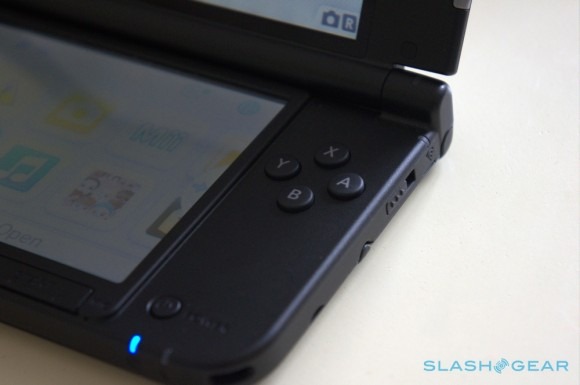
Speaking of those screens, they've both increased dramatically in size. The top screen has been increased to 4.88-inches, up from 3.53-inches, while the bottom screen has jumped to 4.18-inches, coming in at 3.02-inches on the original 3DS. What hasn't changed, however, is the resolution, with 800x240 and 320x240 respectively. Both have low pixel densities, resulting in a generally unpleasant experience even from a normal viewing distance, something which we can't show you thanks to a close-up photography ban by Nintendo. The fact that the company is restricting close-up videos and photos of the handheld while it's turned on should give you an idea of the screen quality. The viewing angles aren't great either, so you'll need to click the top half of the screen in just the right position to get the best image.
The system is still charged using Nintendo's proprietary charger, but here's the kicker: you don't even get one in the box anymore. Nintendo claims that in order to keep costs on the console low, it's had to forgo including a charger in the retail package, a move which is bonkers. No doubt there will be those who are moving up from a previous Nintendo handheld who will have the necessary charger, but is the company seriously going to neglect first time buyers? Both the front and back of the box do warn customers about the lack of charger, but it leaves a sour taste in the mouth nonetheless.
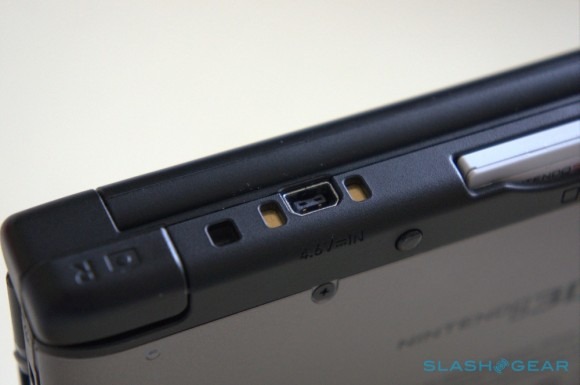
3D
The first time we witnessed the three-dimensional powers of the 3DS was through a demo given by an employee in a retail store briefly after the handheld launched. A quick fondle showed that while the effect did work, it wasn't particularly immersive, and the effect could be broken far too easily. The same is true of the 3DS XL, and in our several days of usage we pretty much always had the 3D effect turned off.
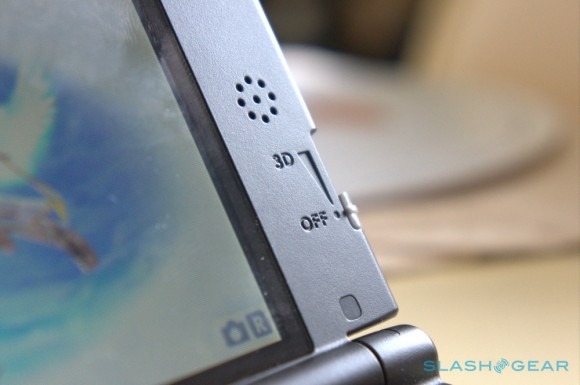
The fundamental problem with the 3D on Nintendo's handhelds is that it's far too finicky to set up and maintain. The slider needs to be adjusted into just the right position; you need to be directly facing the console, with any kind of off-angle ruining the effect; if you finally manage to get a satisfactory depth to the image in your game (which can be highly dependant on how the game was designed in the first place), you need to remain perfectly still in order to maintain the illusion. Any movement at all, and you'll shatter the effect. Maybe we're cynical about the idea of 3D in general, but after extended use it's clear that Nintendo has tried to shoehorn the idea into a portable console and served up average results at best.
Games
Nintendo provided up with one game for review, Kid Icarus Uprising, although the platform has amassed a healthy collection of titles since its launch last year. As is increasingly the case these days, if you're buying into a Nintendo ecosystem you're doing so for the first-party games, with the company offering classics such as Zelda: Ocarina of Time 3D and new reimaginings such as Super Mario Bros 2.
As for Kid Icarus, it's a mixed bag. Levels in the game split different styles of gameplay, with the first five minutes dedicated to an on-rails shooting section that sees Pit guided by the goddess Palutena. This handles pretty much exactly as you would expect, with you moving Pit around the screen using the circle pad to control the character while the L and A buttons handle firing duties. Taking out every enemy on the screen is the name of the game as you avoid obstacles and collect power ups, and the level design can occasionally make great use of the 3D capabilities. For the most part though, you're better off sticking to 2D.
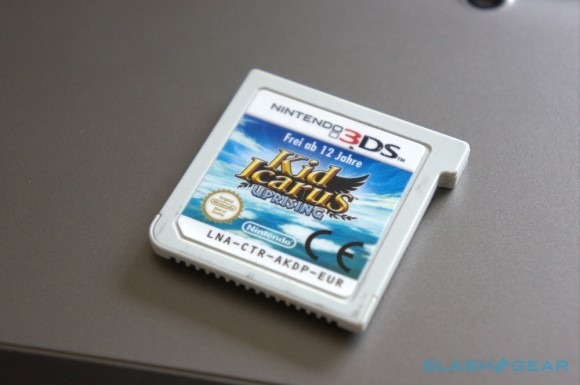
Palutena can only sustain Pit for five minutes of flight. After that, you're directed to the ground for the second part of the level, giving you full running control and allow you to explore 360 degree environment. The problem comes with the control scheme: while you can make Pit run with the circle pad and fire with L or A as normal, you have to change his orientation using the stylus on the bottom screen.
It's an awkward and convoluted control scheme that handles poorly, to say the least. You'll be left gripping and supporting the full weight of the console in your left hand while trying to turn Pit with the stylus in your right hand. Trying to turn the character is a tedious affair, requiring hefty drags across the screen that also require a firm press thanks to the resistive technology. Resting the console on a flat surface helps immensely, and the game is even supposed to come with a stand that helps make it easier to play, although we didn't receive one with our review unit. Both the control scheme and dedicated stand directly contradict the portability of the console, and we really have to wonder why Nintendo and the developers opted for such a janky and overall poor experience.
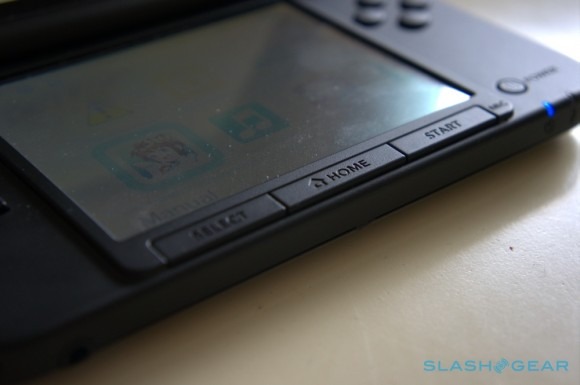
The game has a certain visual charm to it, featuring bright colors, cartoonish designs, and a dash of 2D animation on the bottom screen for character interactions, but the ridiculously aliased graphics during gameplay can't go without mention. We realize that the Nintendo experience has never been about top of the line graphics, but there needs to be some sort of visual polish in a world dominated by high-end smartphones and tablets.
Battery
Nintendo say that the 3DS XL's battery life should be much improved over the previous offering, sitting between 3 and 6.5 hours of gameplay depending on your settings. DS titles should last a little longer thanks to their more modest graphics, eeking out between 5 and 8 hours of gameplay.
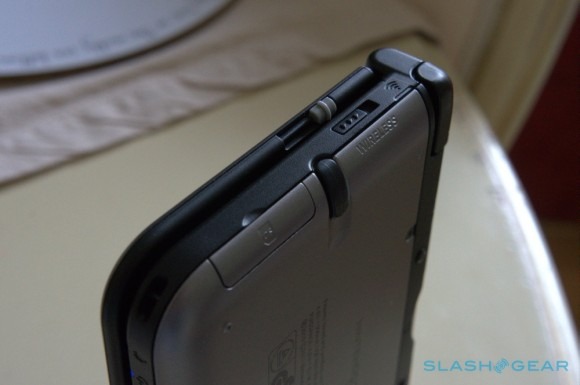
In our test, we put the screen brightness to maximum, turned WiFi off, set to the volume of the speakers to 50%, and made sure our 3D slider was firmly in the 2D position. A quick marathon session of Kid Icarus saw the console lasting around 4 hours and 40 minutes before switching off automatically. That falls in line with Nintendo's expectations, and you can expect to squeeze a bit more out of the battery should you drop the screen brightness.
Wrap-Up
The 3DS XL brings small improvements over the 3DS, but they all add up to a better handheld overall. It may be heavier, but the screens make for a more impressive experience, the console is easier to handle, and the battery has seen a much needed improvement. If you own a 3DS that's starting to look a little old, then it's worth jumping up to the 3DS XL for the better screens and battery life. If you're on one of Nintendo's older handhelds and have been hesitant about making the jump, the 3DS XL proves that the water is fine and that it's time to jump in.
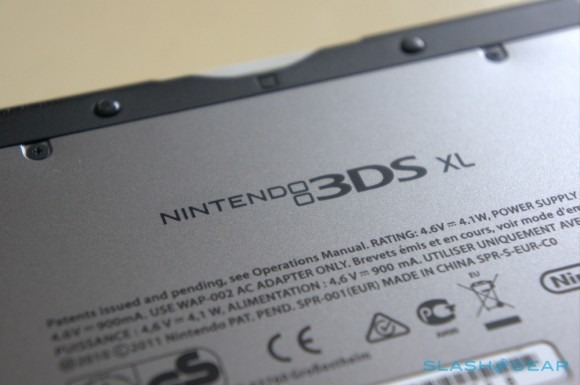
The handheld makes sense if you've already bought into Nintendo's ecosystem, but it's a hard sell for first time buyers. Nintendo has a fundamental problem on its hands, and it's this: the 3DS XL and its games don't exist in a vacuum. Smartphones and tablets offer cheaper games that can distract you just as well as titles from first-party developers fronted by Nintendo or Sony. The former company is hoping that its all star heros and franchises can continue to prop up revenue, while the latter is focused on specs and the merging of physical and touch controls. Neither realize that the game has changed, and that the world doesn't necessarily need yet another device for portable gaming anymore.
The flipside of the argument is that iOS and Android games don't have the immersive stories or strong characters and franchises that a company like Nintendo can offer. There is no Zelda or Mario equivalent on mobile devices, sure, but the company can't ignore the looming threat of smartphones and tablets forever. Nintendo's inability to adapt and tap into such a vast market is frustrating, and the 3DS XL is the physical representation of its archaic view of the mobile gaming landscape. There may be one or two games that will entice you to the platform, but why reward a company that's stuck in the past?


